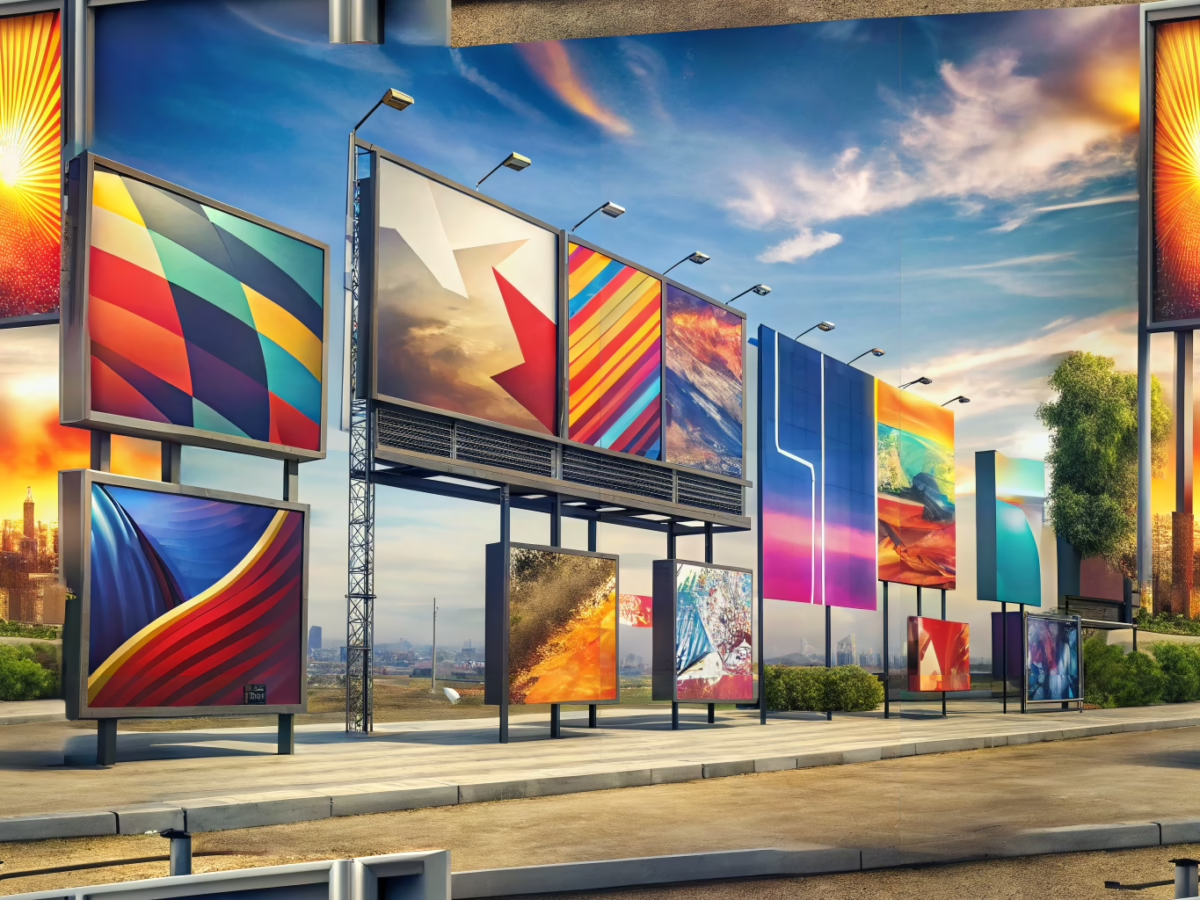P95 vs. P99 Acrylic and ADA Compliance
Myth: “All acrylics are the same—any sheet meets ADA regulations.”
Fact: Different finishes impact compliance. The Americans with Disabilities Act (ADA) requires non-glare surfaces for readability, which is crucial for accessibility.
P95 and P99 acrylics differ in their finishes, with P99 offering a matte, non-glare surface that meets ADA standards. Understanding these differences ensures that businesses choose the right material for their signage needs.
Check out our ADA signs.
Outdoor Use of Acrylic
Myth: “Acrylic is not suitable for outdoor use.”
Fact: Quality acrylic, especially with UV-protection, is durable. While some may believe that acrylic is too fragile for outdoor environments, advancements in material technology have proven otherwise. High-grade acrylic with UV protection can withstand harsh weather conditions, making it a reliable choice for outdoor signage materials. Routine checks and selecting the appropriate acrylic grade are essential for longevity and performance.
Durability of Latex Inks
Myth: “Latex inks are not durable outdoors.”
Fact: Latex inks resist fading and moisture. Contrary to this myth, latex inks are designed to endure outdoor conditions, offering excellent resistance to fading and moisture. This makes them ideal for various outdoor signage materials, ensuring vibrant and long-lasting prints. Businesses can confidently use latex inks for their outdoor advertising needs, knowing they will maintain their quality over time.
Screen Printing vs. Digital Printing
Myth: “Screen printing is dying out in favor of digital.”
Fact: Screen printing still excels in certain areas. While digital printing trends have gained popularity due to their speed and versatility, screen printing benefits remain significant in specific applications. Screen printing offers superior color vibrancy and durability, particularly for large-scale projects and specialty items. Understanding the strengths of screen printing vs digital printing allows businesses to choose the best method for their specific needs.
Statistics and Data
Recent studies show that businesses using high-quality outdoor signage materials experience a 20% increase in customer engagement. Additionally, the durability of latex inks has been proven to last up to five years without significant fading, reinforcing their suitability for outdoor use.
Expert Insights
Industry experts emphasize the importance of selecting the right materials and printing methods for outdoor signage. They recommend consulting with professionals to ensure compliance with regulations and to maximize the effectiveness of signage solutions.
Visual Aids
Add visuals such as charts comparing the durability of different inks and images showcasing the clarity of ADA-compliant acrylic. These help readers grasp technical details at a glance.
Key Takeaways
In summary, understanding the facts about outdoor signage materials can help businesses make informed decisions. Acrylic, when chosen correctly, is suitable for outdoor use, and latex inks offer durability. Screen printing remains relevant alongside digital printing, each with its unique advantages.
For businesses looking to optimize their signage strategies, consider consulting with experts to explore the best options for your specific needs. Embrace the benefits of both screen printing vs digital printing to enhance your brand’s visibility and impact.
Call to Action:
Ready to elevate your outdoor signage? Contact us today to explore the best materials and printing methods for your business needs.

